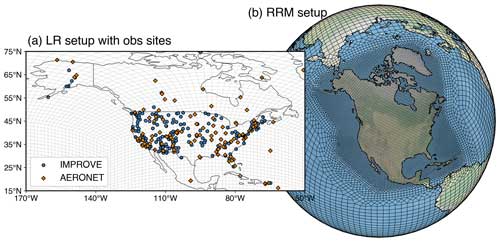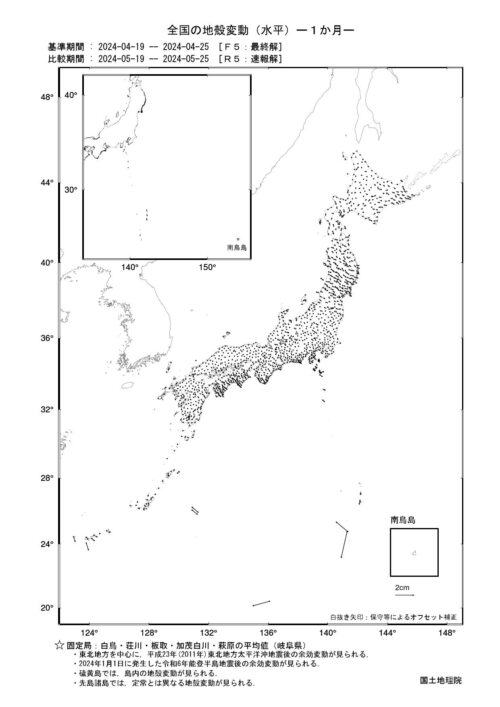2024-06-07 パシフィック・ノースウェスト国立研究所(PNNL)
<関連情報>
- https://www.pnnl.gov/publications/more-accurate-aerosol-emission-needed-high-resolution-earth-system-models
- https://gmd.copernicus.org/articles/17/3507/2024/
人為起源エアロゾル排出の空間的不均一性が、地域的に精緻化された全球エアロゾル気候モデルに与える影響 Impacts of spatial heterogeneity of anthropogenic aerosol emissions in a regionally refined global aerosol–climate model
Taufiq Hassan, Kai Zhang, Jianfeng Li, Balwinder Singh, Shixuan Zhang, Hailong Wang, and Po-Lun Ma
Geoscientific Model Development Published:02 May 2024
DOI:https://doi.org/10.5194/gmd-17-3507-2024

Abstract
Emissions of anthropogenic aerosol and their precursors are often prescribed in global aerosol models. Most of these emissions are spatially heterogeneous at model grid scales. When remapped from low-resolution data, the spatial heterogeneity in emissions can be lost, leading to large errors in the simulation. It can also cause the conservation problem if non-conservative remapping is used. The default anthropogenic emission treatment in the Energy Exascale Earth System Model (E3SM) is subject to both problems. In this study, we introduce a revised emission treatment for the E3SM Atmosphere Model (EAM) that ensures conservation of mass fluxes and preserves the original emission heterogeneity at the model-resolved grid scale. We assess the error estimates associated with the default emission treatment and the impact of improved heterogeneity and mass conservation in both globally uniform standard-resolution (∼ 165 km) and regionally refined high-resolution (∼ 42 km) simulations. The default treatment incurs significant errors near the surface, particularly over sharp emission gradient zones. Much larger errors are observed in high-resolution simulations. It substantially underestimates the aerosol burden, surface concentration, and aerosol sources over highly polluted regions, while it overestimates these quantities over less-polluted adjacent areas. Large errors can persist at higher elevation for daily mean estimates, which can affect aerosol extinction profiles and aerosol optical depth (AOD). We find that the revised treatment significantly improves the accuracy of the aerosol emissions from surface and elevated sources near sharp spatial gradient regions, with significant improvement in the spatial heterogeneity and variability of simulated surface concentration in high-resolution simulations. In the next-generation E3SM running at convection-permitting scales where the resolved spatial heterogeneity is significantly increased, the revised emission treatment is expected to better represent the aerosol emissions as well as their lifecycle and impacts on climate.



